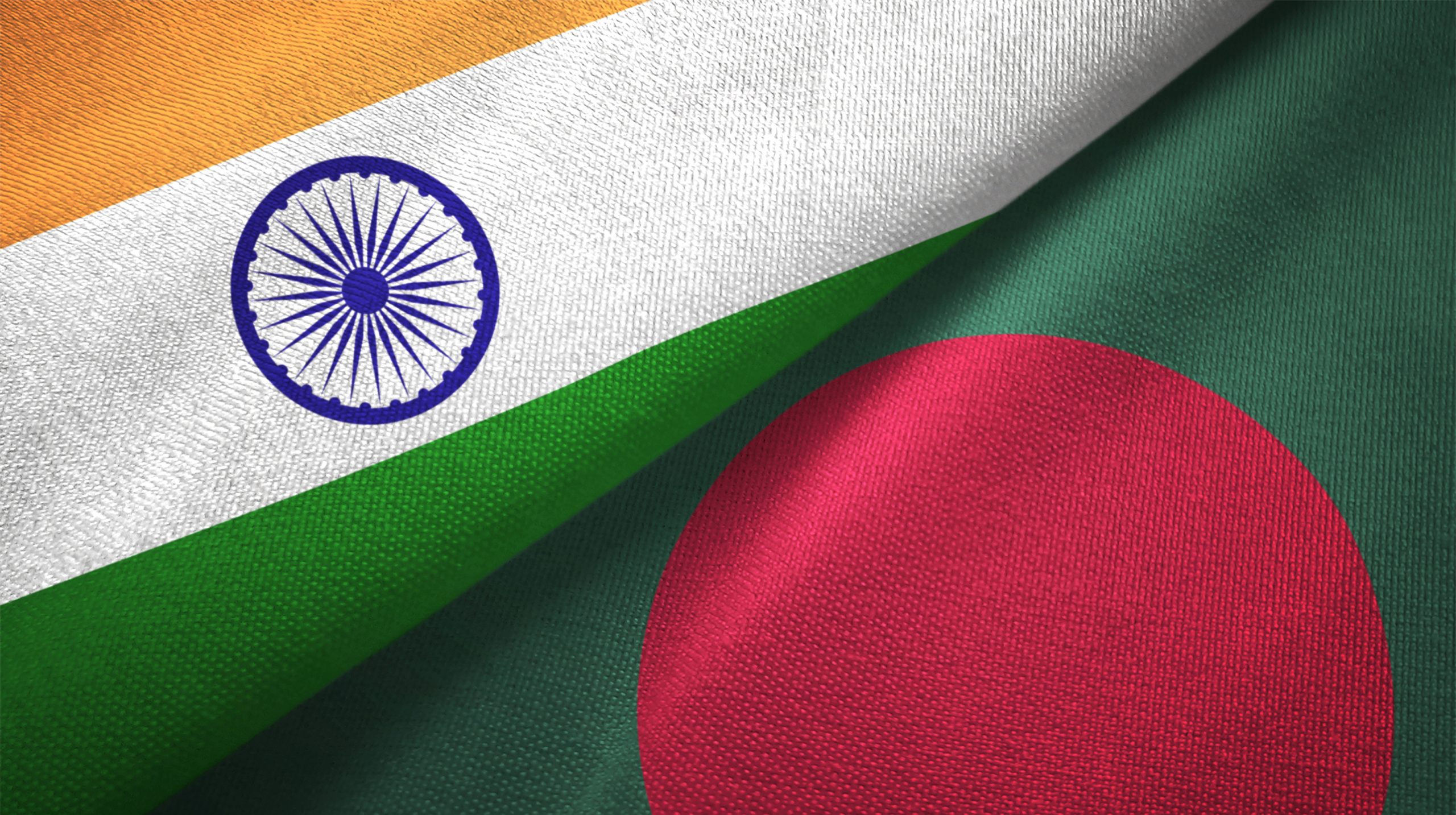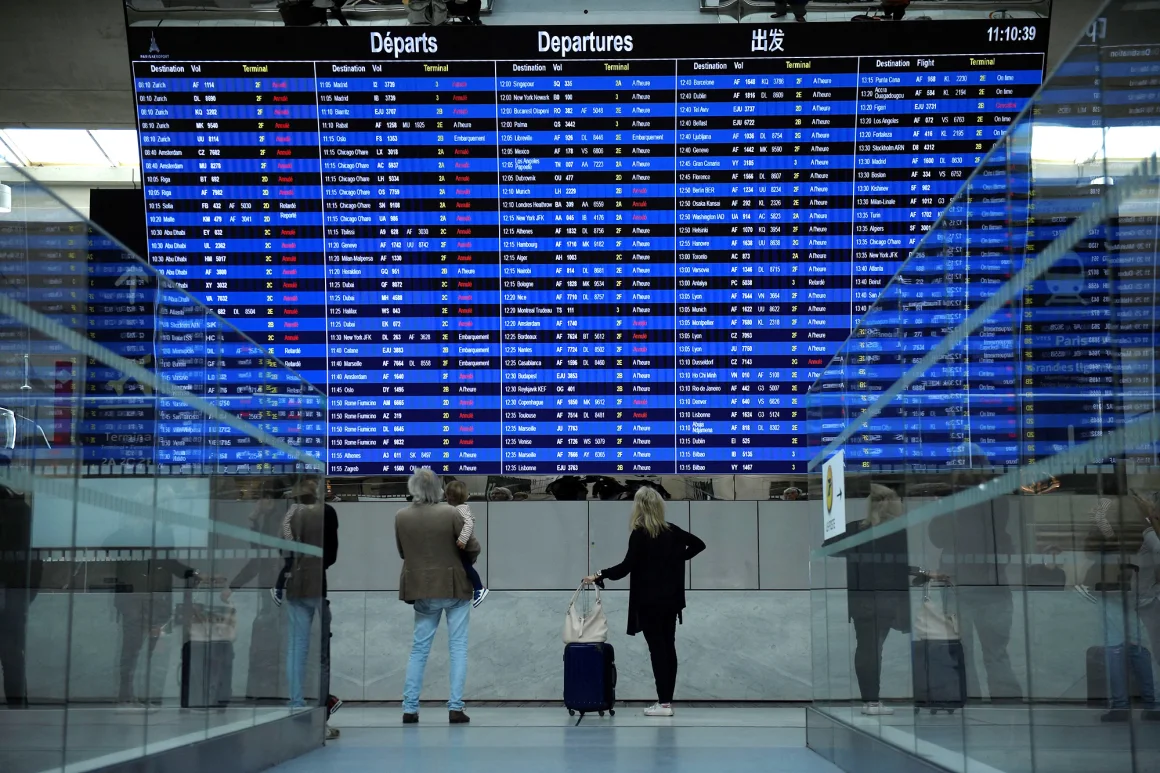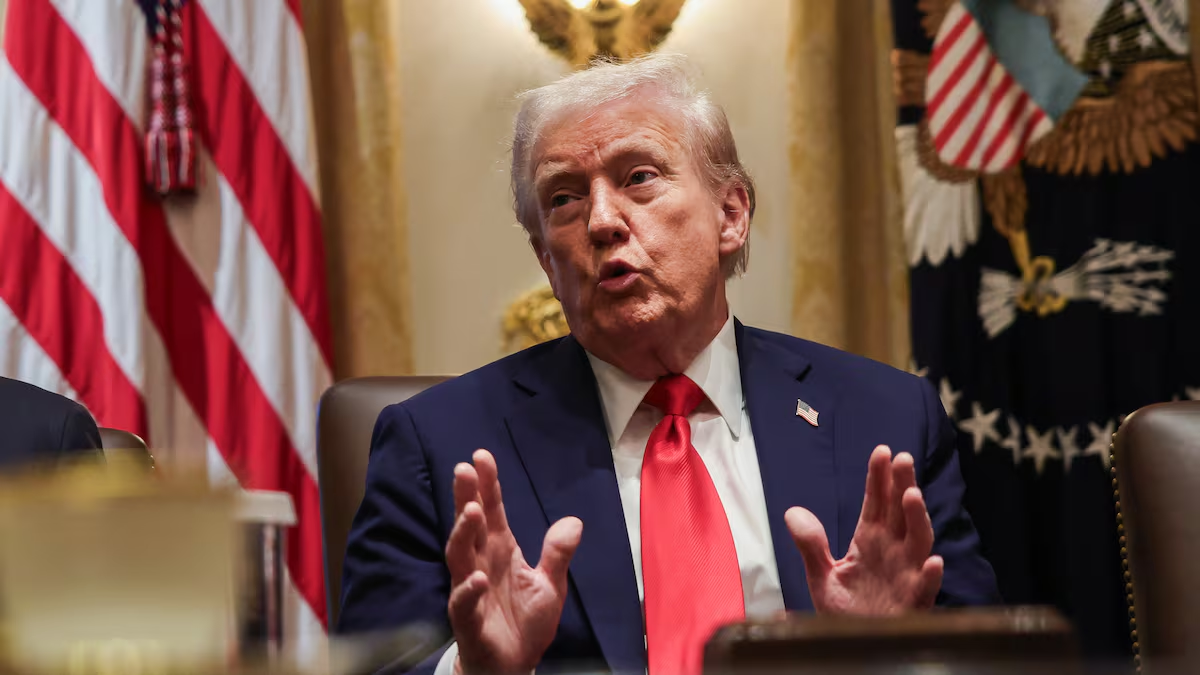Companies in both India and Bangladesh are preparing for a potential economic fallout after both nations implemented retaliatory trade restrictions, following months of sharp verbal exchanges and a noticeable diplomatic chill.
The current dispute intensified last month when Bangladesh decided to block the import of cotton yarn from India through land routes in an attempt to safeguard its domestic industries from the effects of cheaper foreign goods.
This move from Dhaka was made just days after India abruptly suspended a key transshipment arrangement it had previously extended to Bangladesh, allowing the country to send goods to third nations through Indian ports and airports. India cited “logistical congestion” as the reason for the suspension.
Ties between the two nations have worsened since the political upheaval that saw Bangladesh’s former Prime Minister Sheikh Hasina ousted in August amid large-scale protests. She has since taken refuge in India, while a transitional government led by Nobel Peace Prize laureate Muhammad Yunus governs in Dhaka. The current Bangladeshi administration has formally asked India to extradite Hasina so she can face allegations of crimes against humanity, money laundering, and corruption—accusations she strongly denies. So far, India has not issued any official response to the extradition demand.
New Delhi has also been vocal in its condemnation of recent attacks reportedly targeting the Hindu minority in Bangladesh. It claimed that the killing of a Hindu community leader exemplifies a trend of organized persecution under Yunus’s interim rule.
The Bangladeshi government, however, has refuted these claims, stating that minority communities are not being specifically targeted. It argues that such events are often politically driven or the result of ordinary criminal behavior. Hindus represent less than 10% of Bangladesh’s total population of 170 million. As this diplomatic back-and-forth intensifies, businesses on both sides are calculating the financial toll.
Although yarn—crucial to Bangladesh’s massive garment manufacturing industry—can still be imported by air and sea, these channels are both slower and more expensive.
In 2024, India exported cotton yarn worth $1.6 billion (£1.2 billion) to Bangladesh, with one-third of that volume transported via land crossings.
The now-defunct transshipment system had allowed Bangladesh to send garments for Western fashion brands to Indian cities by road, from where they were shipped by air to European and American markets.
“This is a significant setback to Bangladesh’s fast-fashion sector,” said Anis Ahmed, CEO of logistics company MGH Group, which facilitates shipping for major European clothing brands. “Using Indian routes, deliveries reached Western destinations in just a week. In contrast, sea transport can take up to eight weeks.”
Bangladesh, second only to China as the world’s top apparel exporter, exported $38 billion in garments last year. Over $1 billion worth of this trade moved through the India-based land-air system, which Ahmed said had become increasingly popular.
But limited air freight infrastructure and poorly equipped airports continue to obstruct Bangladesh’s ability to export directly by air.
Many analysts view India’s abrupt revocation of the transshipment deal as a reaction to controversial remarks made by Yunus during a recent trip to China.
Yunus had referred to Bangladesh as the “sole maritime guardian” for India’s landlocked northeast and implied that the region could potentially evolve into an “extension of the Chinese economy.”
The comments sparked outrage among political leaders in India’s northeast, who labeled the statements as “provocative” and “insulting.”
Strategists in New Delhi were alarmed by Yunus’s framing, interpreting it as a threat to India’s regional stability and a signal of increasing Chinese influence.
India’s northeast is connected to the rest of the country via the narrow 20-kilometer-wide Siliguri Corridor—often called the “chicken’s neck”—which is squeezed between Nepal and Bangladesh, and is located near China’s Chumbi Valley in Tibet.
This corridor is a historic security concern for India. Since losing a war to China in 1962, Indian defense planners have feared that Beijing could, in a future conflict, attempt to sever this vulnerable strip and isolate the northeast.
Bangladeshi commentators argue that Yunus’s statements have been misrepresented, asserting that his intention was to promote economic integration and regional connectivity.
During that same trip to China, Dhaka expressed enthusiasm for Beijing’s proposed $1 billion Teesta River development project in northern Bangladesh.
However, Indian analysts warn that any significant Chinese investment in that area—located close to the sensitive Siliguri Corridor—could further destabilize India’s security calculus.
Tensions have also spilled over into people-to-people relations. Bangladeshis are increasingly frustrated by India’s new visa restrictions. Approval rates have plummeted since Hasina’s removal, with reports suggesting that daily visa issuance has dropped by over 80% in recent months. In earlier years, two million Bangladeshis traveled to India annually for tourism, education, business, and medical reasons.
The presence of Hasina in India and Dhaka’s demand for her extradition remain particularly contentious issues.
“They have to understand that handing Hasina over is not an option. We know the likely consequences if we did. I don’t think Indian public sentiment would support such a move,” stated Shyam Saran, a former Indian foreign secretary.
Amidst escalating rhetoric, India’s apparel manufacturers’ association has now called for a complete halt to garment imports from Bangladesh via land routes. Bangladeshi economists argue that such measures would ultimately hurt both economies.
“There is a growing sentiment in Bangladesh that it’s time to re-evaluate the transit and transport privileges that India enjoys—concessions granted by the previous Hasina-led government,” said Debapriya Bhattacharya, a senior economist with the Centre for Policy Dialogue in Dhaka, speaking to the BBC.
India relies heavily on Bangladesh’s ports, roads, and inland waterways to supply its northeastern states, a strategy that saves both time and cost. However, authorities admit that current transit volumes have not met initial expectations.
The growing rift between the neighbors is also being complicated by a new diplomatic push from Pakistan toward Dhaka.
Bangladesh, formerly East Pakistan, won independence from Islamabad in 1971 with India’s military support. During her 15-year tenure, Hasina had worked to keep relations with Pakistan distant.
Last month, Pakistani Foreign Secretary Amna Baloch visited Dhaka, marking the first high-level visit in 15 years. A planned trip by Pakistan’s Deputy Prime Minister Ishaq Dar, however, was postponed amid deteriorating India-Pakistan ties following a deadly militant attack in Indian-administered Kashmir.
“There’s probably no major concern yet about Bangladesh engaging with Pakistan. But if there’s any sign that they intend to jointly complicate India’s position, then that will certainly raise alarms,” said Saran, the former diplomat.
The increasingly sharp official tone on both sides is beginning to influence public sentiment. Anti-India feelings appear to be growing in Bangladesh, with Indian news outlets being accused of inflating stories about minority attacks and Islamic extremism.
Once-strong cultural and human ties are showing signs of erosion. Analysts warn that unless cooler heads prevail, the current tension could inflict serious long-term damage on the trade and economic relationship between the two South Asian neighbors.



